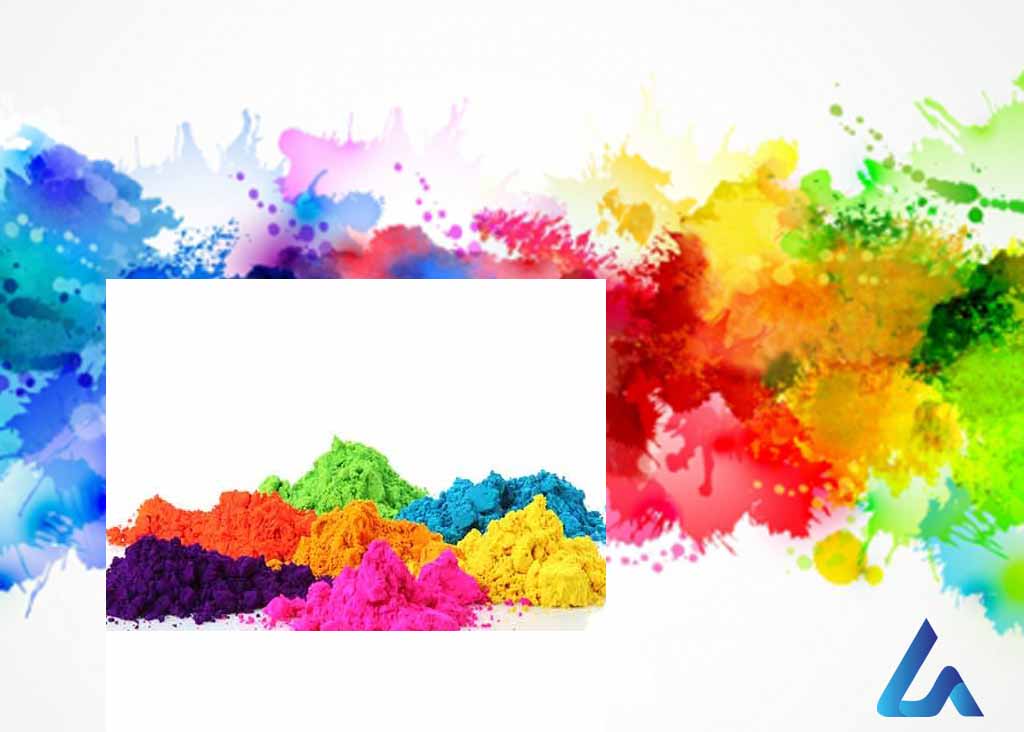
Overview
Mordant dyes or dye fixative are a substance used to set dyes on fabrics by forming a coordination complex with the dye; which then attaches to the fabric (or tissue).
It may be used for dyeing fabrics or for intensifying stains in cell or tissue preparations. Although mordants are still used, especially by small-batch dyers, it has been largely displaced in the industry by directs.
If you are looking for the answers to these question:
-
What are Mordant Dyes?
-
Types of Mordant Dyes.
-
Properties of Mordant Dyes.
-
Mordant Dyes Example
Types of Mordant Dye
On the basis of origin, there are 2 types of mordant dyes:
- Natural mordant dyes
- Synthetic mordant dyes
Now they are described below:
Natural Mordant Dyes:
Very few natural dyes are colorfast with fibers. So mordants are used to fix a dye with the fiber. These dyes as derived from natural sources e.g. plants are natural mordant dyes.
Synthetic Mordant Dyes:
As all synthetic mordant dyes are obtained from acid dyes, they are called acid chrome dyes. That is to say,
Acid color + Cr —–àAcid chrome
These dyes can co-ordinate easily with chromium. They can be dyed as acid dyes and mordanted after treatment with K2Cr2O7 or Na2Cr2O7.
These acid chrome dyes are extensively used for wool and polyamide fiber dyeing. They have good wet fastness and most of them possess satisfactory lightfastness.
Properties of Mordant dyes
- Mordant dyes have no affinity for textile fibers.
- They are attached to the fibers with the help of mordants.
- Mordant dyes are capable of combining with metallic oxides to form insoluble color lakes.
- Mordant dyes are mostly applied on natural protein fibers, nylon, and acrylic fibers.
- Good lightfastness rating about 4-5
- Most mordant dyes are soluble in cold water.
Examples
Mordants include tannic acid, alum, chrome alum; sodium chloride, and certain salts of aluminum; chromium, copper, iron, iodine, potassium; sodium, tungsten, and tin. KAl(SO4)2 12 H2O
Conclusion
Thanks for being connected with us. If you have any questions; you can ask in the comment below.
You May Also Read:
